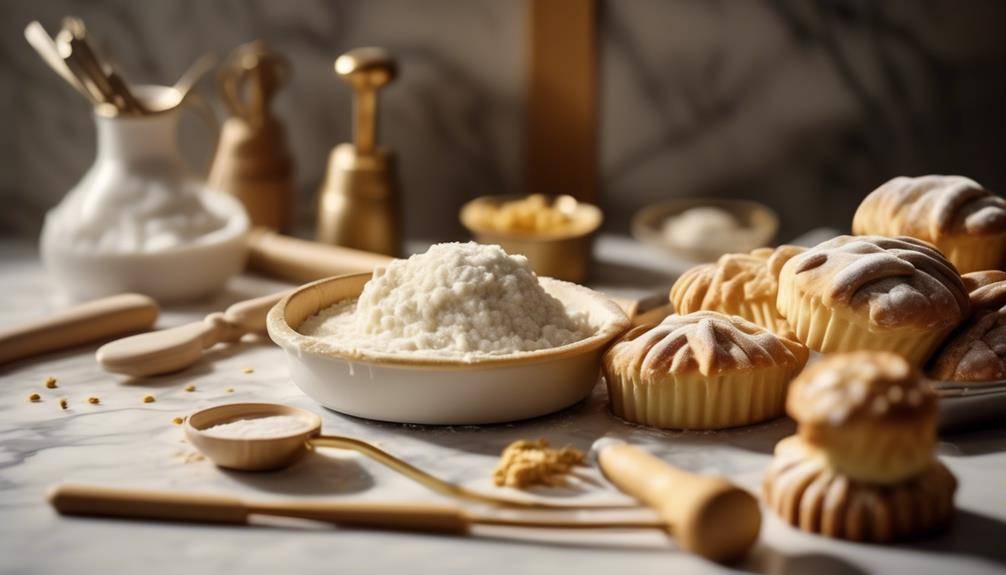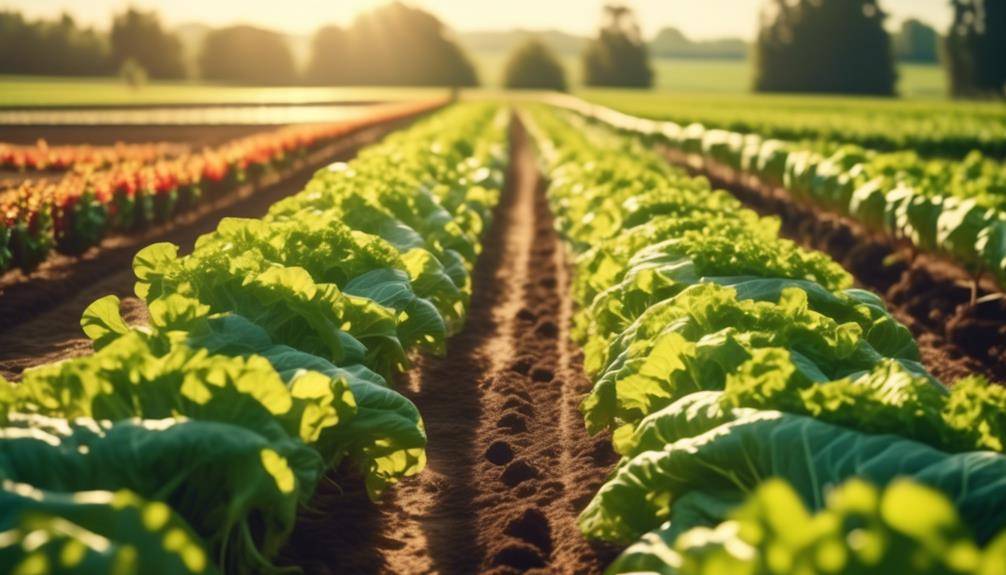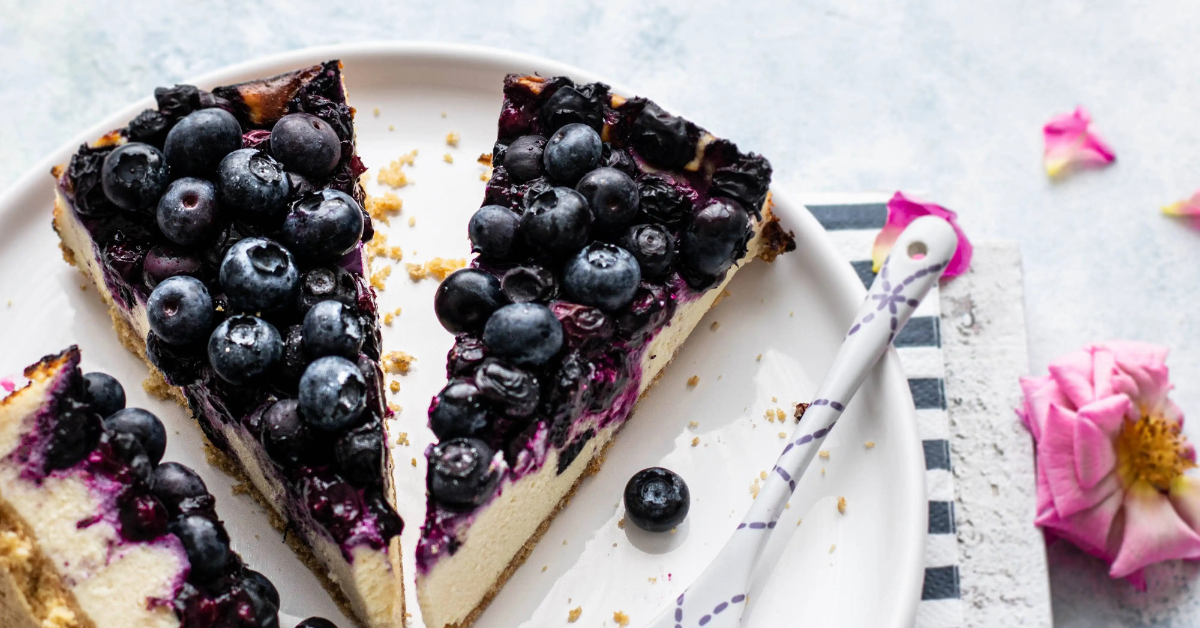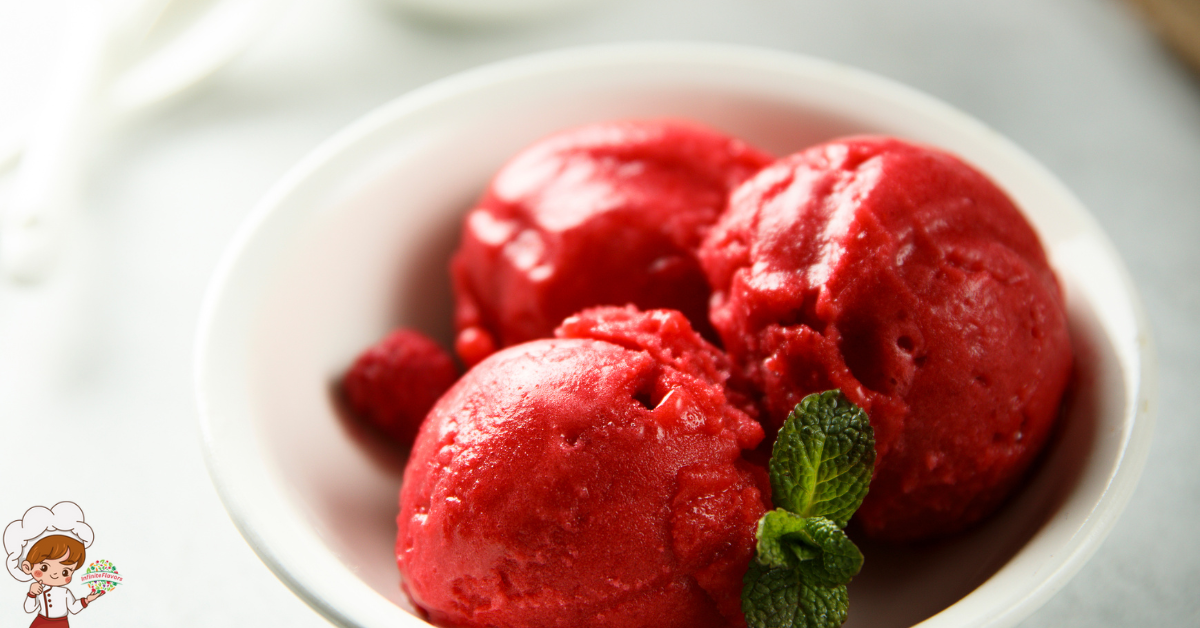The Best Creamed Corn A Comfort Food Classic
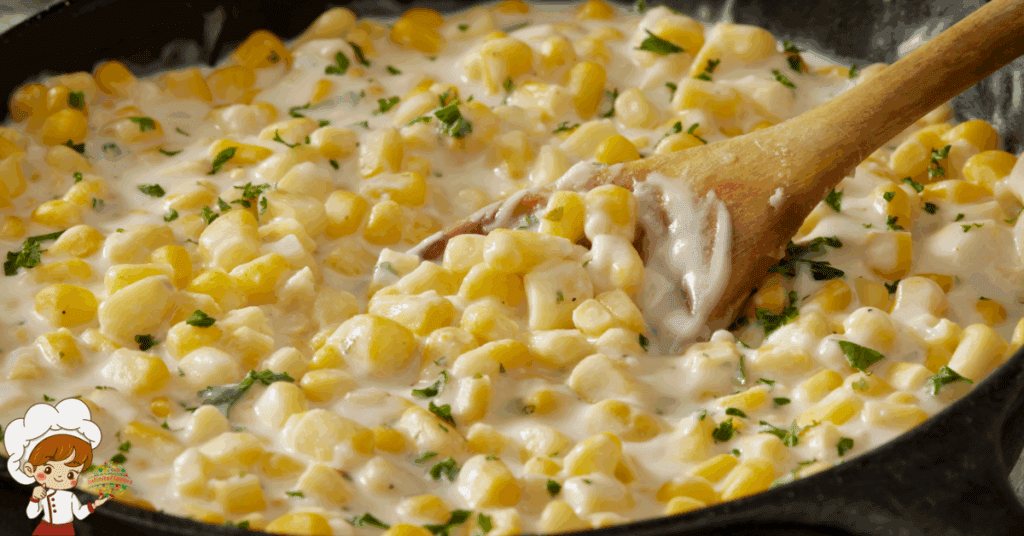
The Best Creamed Corn A Comfort Food Classic is a beloved dish that has stood the test of time in American culinary tradition. With its smooth texture and naturally sweet flavor, creamed corn has graced the tables of families for generations, making appearances at Sunday suppers, holiday feasts, and backyard barbecues. Though humble in ingredients, its rich cultural and agricultural history tells a fascinating story of how native crops and evolving culinary techniques gave rise to one of the most cherished side dishes in the United States. This blog delves deep into the history, evolution, and cultural importance of creamed corn, and offers a comprehensive FAQ at the end.
Corn: A Sacred Crop with Ancient Roots
To understand the origin of creamed corn, one must first appreciate the historical significance of corn itself. Corn, or maize, was domesticated over 9,000 years ago in present-day Mexico. It became the cornerstone of Indigenous civilizations across North, Central, and South America. These ancient peoples cultivated corn not only for nourishment but also as a spiritual and cultural symbol. Their diets incorporated corn in various forms—ground into meal, roasted on open flames, or simmered in stews.
By the time European settlers arrived in the Americas, Indigenous groups had already mastered diverse preparations of corn. The settlers, observing and learning from these methods, began incorporating corn into their own diets, replacing traditional grains like wheat and barley that were harder to grow in the New World. This set the stage for new hybrid recipes that would marry Old World techniques with New World ingredients.
The Birth of Creamed Corn in Early America
The evolution of creamed corn likely began in the kitchens of early settlers who combined Indigenous practices with European ingredients. Native Americans were known to mash or stew corn into thick, porridge-like dishes. European settlers, accustomed to dairy-rich cooking methods, began adding milk, cream, and butter to these preparations, giving birth to what we now recognize as creamed corn.
Creamed corn made its way into American cookbooks as early as the 1800s. These early recipes emphasized the use of fresh corn—scraped straight from the cob—and cooked slowly with cream or milk to achieve a thick, comforting texture. Some recipes also included flour or lard to enhance richness and flavor. These adaptations allowed for flexibility depending on what ingredients were available, making creamed corn an accessible and adaptable dish for rural families.
Creamed Corn and the Rise of Southern Cuisine
Creamed corn became especially prominent in the Southern United States, where corn thrived in the warm climate and dairy farming was commonplace. Southern cooks prized the natural sweetness of fresh summer corn and frequently paired it with butter, cream, and bacon fat to amplify its flavor. The dish found a welcome place alongside Southern staples like fried chicken, biscuits, and collard greens, becoming a fixture in both humble home kitchens and festive gatherings.
Southern versions of creamed corn often featured minimal processing. Instead of puréeing or heavily thickening the mixture, some cooks simply cooked the corn in butter and allowed the starches from the kernels to naturally create a creamy consistency. This rustic, homemade approach gave Southern creamed corn its distinctive texture and flavor, setting it apart from canned varieties that would later dominate supermarket shelves.
Canned Creamed Corn and Its National Popularity
As the 19th century gave way to the 20th, advancements in food preservation began to change how Americans cooked and ate. Corn, being a hardy and abundant crop, lent itself well to canning. By the early 1900s, canned creamed corn had become widely available, bringing the dish to households that might not have had access to fresh ingredients or the time to prepare it from scratch.
Canned creamed corn gained popularity during the Great Depression and World War II eras, when convenience and cost-effectiveness were paramount. It offered a quick, affordable way to add a vegetable to any meal. Brands like Del Monte and Green Giant helped standardize the flavor and texture of creamed corn for a mass audience, ensuring that it remained a common pantry staple.
Though often criticized for its uniformity and lack of depth compared to homemade versions, canned creamed corn also sparked creativity. Home cooks began using it as a base ingredient in casseroles, cornbreads, and even savory pies. This versatility helped solidify its place in mid-20th-century American cooking.
Creamed Corn in Holiday Traditions and Comfort Food Culture
By the mid-1900s, creamed corn had established itself as a comfort food across America. It became a regular fixture at holiday meals—particularly Thanksgiving—where it joined other traditional dishes like stuffing, green bean casserole, and mashed potatoes. Its warm, mellow flavor and creamy texture made it a favorite among both children and adults.
Creamed corn also became emblematic of the comfort food movement. In an era of increasing urbanization and industrialization, nostalgic dishes like creamed corn offered a connection to simpler times, rural traditions, and family heritage. Whether made from scratch or spooned from a can, creamed corn became associated with home-cooked goodness and familial warmth.
Regional Variations and Gourmet Interpretations
While creamed corn is most often associated with the Southern and Midwestern United States, its appeal is not confined to one region. In the Midwest, where corn production is a dominant agricultural force, creamed corn often features richer dairy elements like heavy cream and butter. Some versions incorporate sugar for added sweetness, while others include herbs, pepper, or cheese to elevate the flavor profile.
In recent decades, chefs have embraced creamed corn as a canvas for innovation. Gourmet restaurants now serve refined versions of the dish, pairing it with ingredients like seared scallops, charred leeks, or spicy chorizo. Some upscale interpretations purée the corn into a smooth velouté, while others play up the texture by leaving kernels whole and adding crisp toppings for contrast.
Vegan and health-conscious versions have also gained popularity. Plant-based cooks often substitute coconut milk, almond milk, or cashew cream to replicate the dish’s creaminess without dairy. This modern reimagining allows creamed corn to remain relevant in a food culture that values both tradition and innovation.
Creamed Corn Around the World
Although creamed corn originated in the United States, its influence has spread globally. In Australia and parts of Asia, canned creamed corn is often used in soups, pancakes, or fritters. One popular example is Chinese-style sweet corn soup, which incorporates creamed corn into a savory broth with egg ribbons and sometimes chicken. These global interpretations highlight the adaptability of creamed corn as an ingredient and its appeal across cultures.
The global popularity of corn as a crop, combined with the universal appeal of creamy textures and sweet-savory flavor profiles, ensures that creamed corn continues to inspire culinary creativity beyond its American roots.
Why Creamed Corn Endures
At its core, the appeal of creamed corn lies in its simplicity. With just a handful of ingredients, it delivers deep comfort and nostalgic satisfaction. It represents a union of ancient agricultural practices and evolving culinary traditions. As both a side dish and a versatile ingredient, creamed corn remains relevant in modern kitchens, whether it’s made from scratch with fresh summer corn or scooped from a can into a holiday casserole.
Its enduring popularity is also a testament to its adaptability. From rustic farmhouses to gourmet kitchens, creamed corn has proven itself time and again as a dish that can be both humble and elevated. It speaks to the richness of American food culture—a blend of Native innovation, immigrant adaptation, and regional flair.
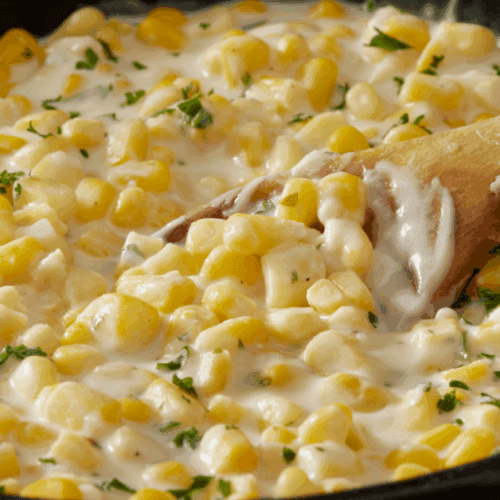
Classic Homemade Creamed Corn Recipe
Ingredients
- Ingredients:
- 6 ears fresh sweet corn or 4 cups frozen/thawed or canned corn, drained
- 1 cup heavy cream
- ½ cup whole milk
- 2 tablespoons unsalted butter
- 1 tablespoon sugar optional, enhances sweetness
- 2 tablespoons all-purpose flour optional, for thickening
- Salt and black pepper to taste
- Optional: ¼ teaspoon smoked paprika or cayenne for a hint of spice
- Optional garnish: chopped parsley grated Parmesan, or crumbled bacon
Instructions
- Instructions:
- Prepare the corn:
- If using fresh corn, shuck the ears and use a sharp knife to cut the kernels off the cob. Then, run the back of the knife down the cob to scrape out the milky juices—this adds extra creaminess and flavor.
- Cook the corn:
- In a large skillet over medium heat, melt the butter. Add the corn kernels and cook for about 5–7 minutes, stirring frequently, until they begin to soften.
- Make it creamy:
- Stir in the heavy cream, milk, and sugar (if using). Reduce heat to low and simmer gently for 10 minutes, allowing the mixture to thicken slightly.
- Optional thickening step:
- If you prefer a thicker texture, whisk the flour into a few tablespoons of milk and stir it into the pan. Cook for another 2–3 minutes until the creamed corn reaches your desired consistency.
- Season and finish:
- Season with salt and pepper to taste. Add optional spices if desired. For a smoother texture, use an immersion blender to puree a portion of the corn, or pulse a cup of the mixture in a blender and stir it back in.
- Serve:
- Spoon the creamed corn into a serving bowl and garnish as desired. Serve hot alongside your favorite mains.
FAQ The Best Creamed Corn A Comfort Food Classic
What is creamed corn made of?
Creamed corn typically consists of corn kernels cooked with milk, cream, or butter. The starches released from the corn help thicken the dish naturally, although some recipes use flour or other thickeners for consistency.
Is creamed corn the same as corn pudding?
No, creamed corn and corn pudding are different. Corn pudding includes eggs and is baked into a custard-like dish, while creamed corn is a stovetop dish with a looser, creamier consistency.
Who invented creamed corn?
Creamed corn does not have a single inventor. It evolved from a blend of Indigenous corn preparations and European dairy-based cooking methods adopted by settlers in early America.
Is creamed corn a Southern dish?
While creamed corn is strongly associated with Southern cuisine, especially due to its use of butter and fresh corn, it is enjoyed across the United States and has various regional interpretations.
Is canned creamed corn the same as homemade?
Canned creamed corn is more uniform and often contains added sugars and stabilizers. Homemade creamed corn typically has a fresher taste and customizable texture.
Can creamed corn be made vegan?
Yes, vegan versions use plant-based milks like coconut, almond, or cashew milk and vegan butter to achieve a creamy consistency without dairy.
Why is it called “creamed” corn if it sometimes contains no cream?
The term refers to the creamy texture achieved by the starches released from the corn during cooking. While some recipes use actual cream, others rely solely on natural starch and added butter or milk.
What foods go well with creamed corn?
Creamed corn pairs beautifully with grilled or roasted meats, fried chicken, cornbread, mashed potatoes, and green vegetables like beans or collards.
Is creamed corn healthy?
Creamed corn can be a healthy choice, especially when made with minimal added fats and sugars. Corn is naturally rich in fiber, vitamins, and antioxidants.
How can creamed corn be used in other recipes?
Beyond serving it as a side dish, creamed corn is often added to cornbread batter, casseroles, soups, and pot pies for added moisture and flavor.
A Dish Rooted in History, Loved Across Generations
Creamed corn is far more than a simple side dish—it’s a culinary reflection of America’s agricultural heritage, regional flavors, and enduring love for comfort food. From its origins in Indigenous corn traditions and colonial kitchens to its place at modern dinner tables and fine dining establishments, creamed corn has proven itself to be both timeless and versatile. Whether served in its rustic homemade form or reimagined with gourmet flair, it continues to offer the kind of warmth, nostalgia, and satisfaction that only a truly classic dish can deliver. As food trends evolve and new dietary preferences emerge, creamed corn remains a beloved staple that bridges generations, regions, and cultures with every creamy, golden spoonful.



